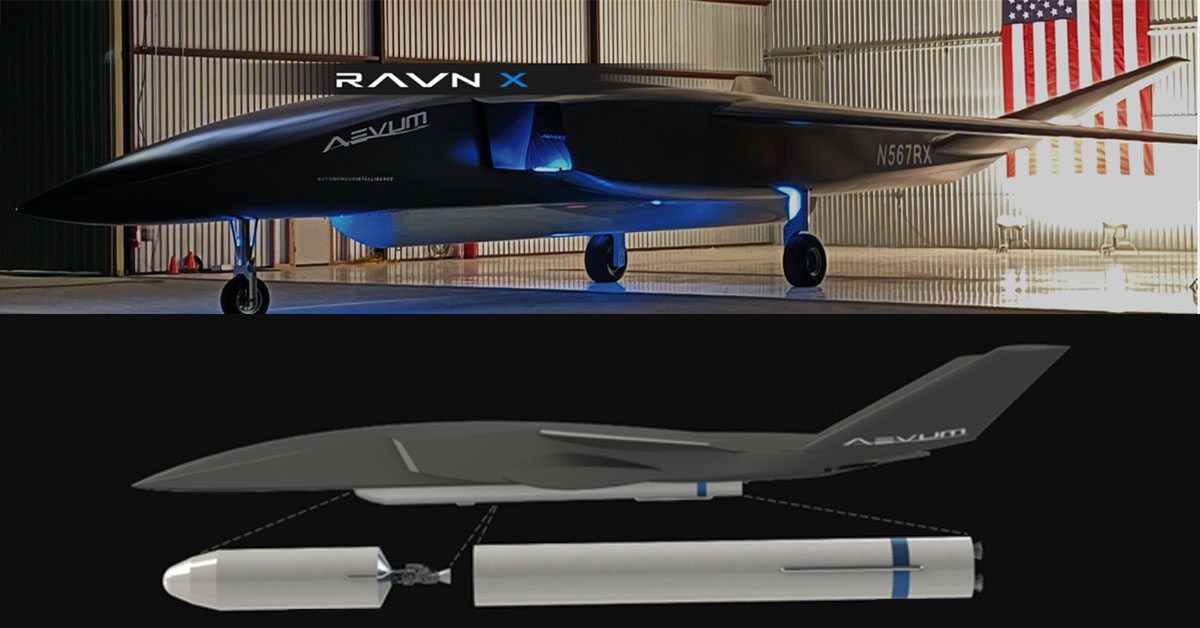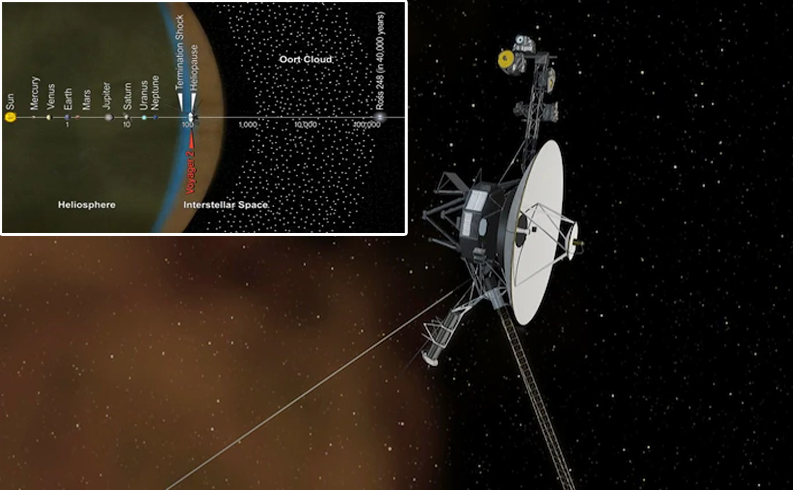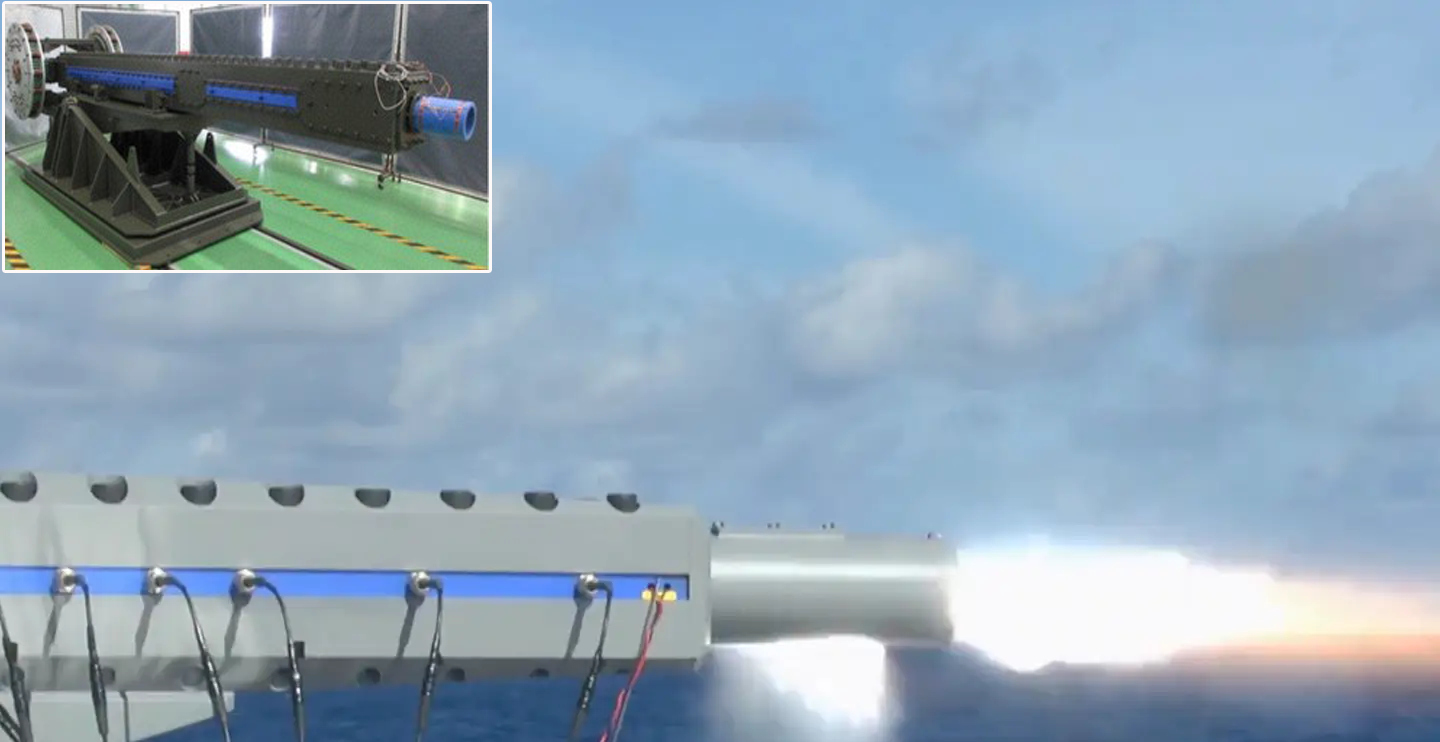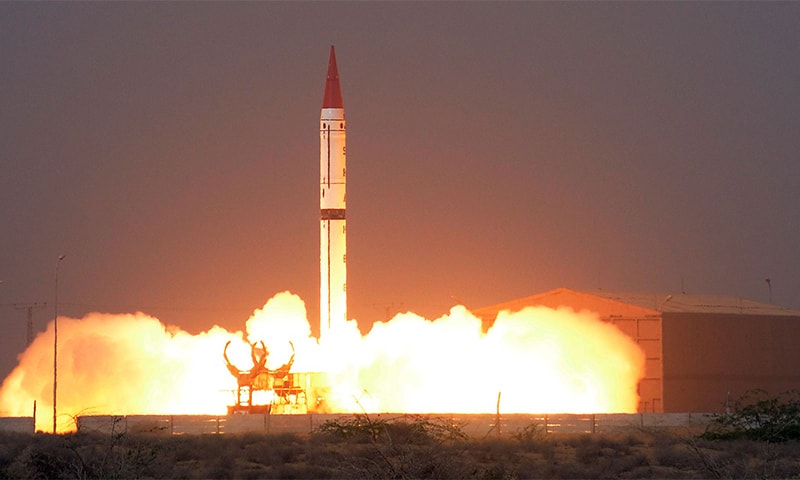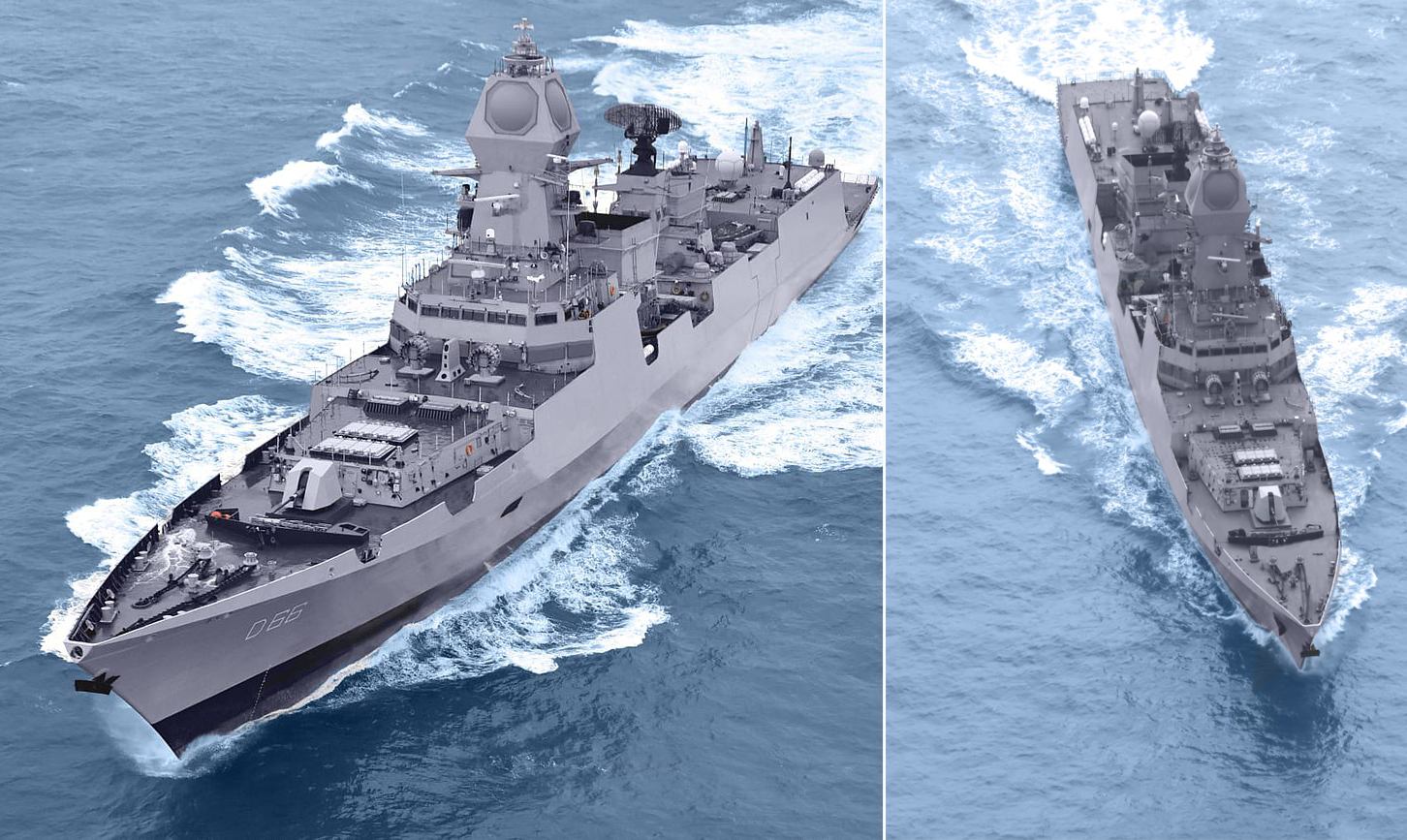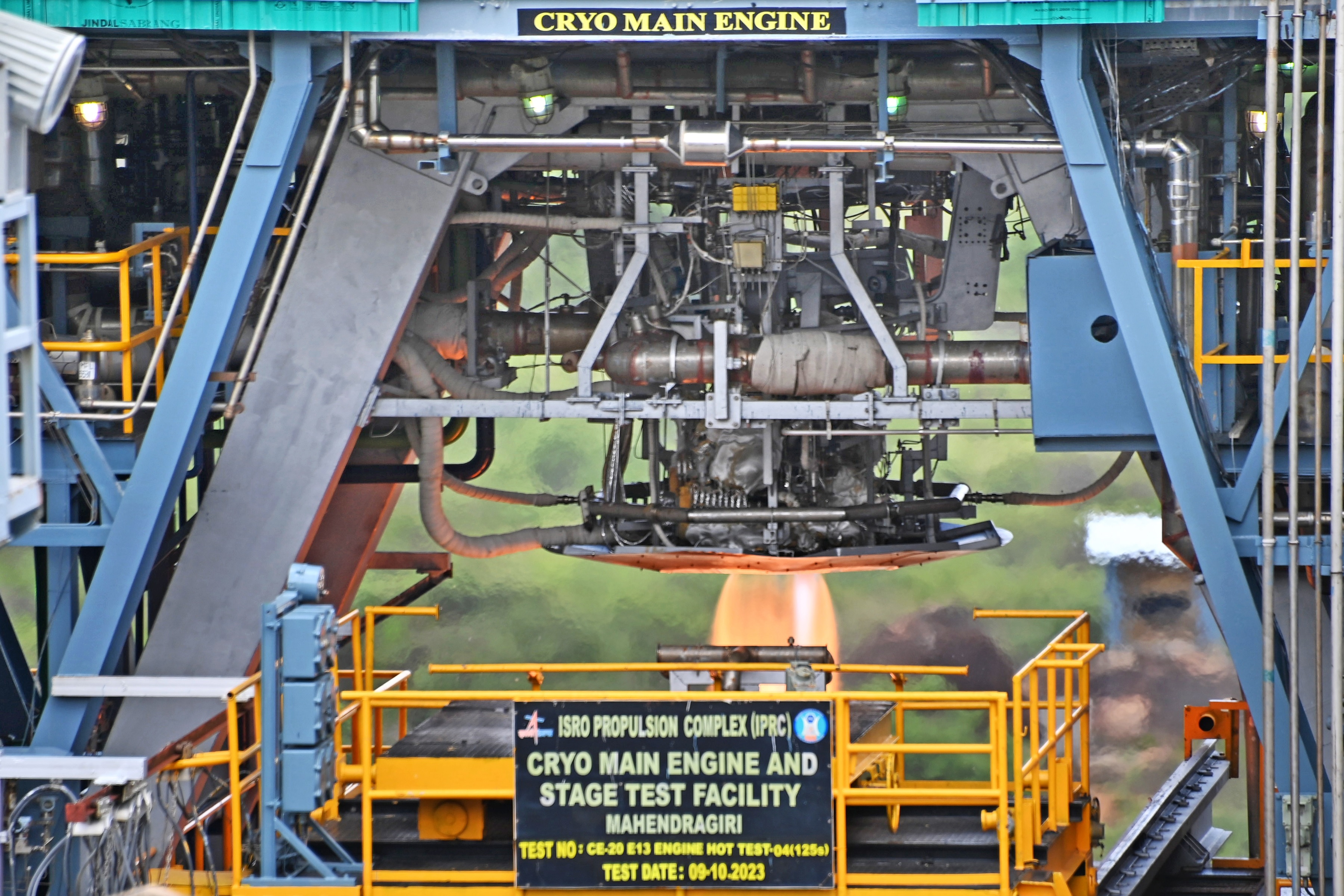Space & Technology
Aevum, a US-based provider of comprehensive space logistics and autonomous launch services for both government and commercial customers, is developing Ravn X, a next-generation Autonomous Launch Vehicle (AuLV). The Ravn launch vehicle concept was introduced by the founder, Jay Skylus, in 2011, marking the inception of a groundbreaking project.Designed to efficiently transport satellites to space, Ravn X stands out as the world largest unmanned aircraft system by mass and the only small launch vehicle built from the ground up with reusability in mind. With a remarkable turnaround time of just 180 minutes and zero risk to human lives, Ravn X caters to the demands of time-sensitive missions.The AuLV is specifically crafted to carry payloads ranging from 100 to 500 kilograms to low Earth orbit, making it a versatile option for launching various payloads, including satellites, scientific instruments, and small spacecraft. Its dimensions include a length of 80 feet, a wingspan of 60 feet, and a gross takeoff weight of 24,948 kilograms. Capable of reaching speeds of 925 km/h and ascending to an altitude of 60,000 feet, Ravn X exemplifies cutting-edge technology in the field of space transportation.Powered by a hybrid rocket engine utilizing jet fuel and liquid oxygen, Ravn X follows a three-stage launch sequence. The first stage, completely autonomous and reusable, elevates the payload to an altitude of 60,000 feet. Subsequent rocket stages, also powered by the same engine, propel the payload to low Earth orbit, where it is precisely placed. Notably, Ravn X achieves a 70% reusability of the complete system, with expectations to increase this figure to 95% in the future.The launch infrastructure for Ravn X involves a 1-mile long runway and an 8,000 ft² hangar dedicated to satellite lift operations. Anticipated to be operational in 2023, Ravn X is designed to serve both government and commercial customers. Aevum has already secured a contract with the US Space Force, with Ravn X slated for its first mission—the ASLON-45 mission, a $5 million contract testing the company capability to launch a payload in 24 hours or less.Aevum involvement in the Orbital Services Program-4, a Department of Defense initiative utilizing the commercial launch market for small payloads, further underscores the significance of Ravn X in advancing space launch capabilities. The company was one of eight entities awarded a $986 million indefinite delivery, indefinite quantity contract, reaffirming its pivotal role in shaping the future of autonomous launch services.
Read More → Posted on 2023-11-14 16:22:18World
In May 2022, Voyager 1 encountered a challenge as it began transmitting distorted data back to Earth. Engineers at NASA Jet Propulsion Laboratory (JPL) identified the issue as a software glitch in the probe attitude articulation and control system (AACS), responsible for maintaining the proper alignment of the probe antenna with Earth.Responding to this anomaly, JPL engineers devised a software patch to rectify the glitch. The corrective patch was initiated in October 2022 and took 18 hours to traverse the vast distance to Voyager 1, successfully completing installation on November 18, 2022. Consequently, Voyager 1 has resumed normal data transmission.Beyond addressing the software glitch on Voyager 1, JPL engineers are actively developing additional software updates. These updates aim to prevent the accumulation of debris in the thrusters of both Voyager probes and are scheduled for transmission in early 2024. The successful installation of a software update for NASA Voyager 2 probe marked another achievement, occurring on October 25, 2023. The update, transmitted from Earth on October 20, 2023, also required 18 hours to reach Voyager 2, ensuring the probe continued operational success. The capability to send software updates over a distance of more than 12 billion miles to the Voyager probes underscores the ingenuity of NASA engineers. It further emphasizes the enduring functionality of the Voyager probes, which have surpassed 46 years in service. As the farthest human-made objects from Earth, Voyager 1 currently explores interstellar space, while Voyager 2 is anticipated to reach interstellar space in 2025. Both probes persist in delivering valuable scientific data, enhancing our understanding of the outer solar system and interstellar space. The recent software updates, transmitted from Earth to the Voyager probes through the Deep Space Network—an intricate system of global radio antennas dedicated to communicating with NASA deep space probes—attest to the resourcefulness and commitment of NASA engineers. This achievement not only demonstrates the successful resolution of technical challenges but also highlights the ongoing potential for communication with spacecraft, even when situated billions of miles away. The Voyager probes, as humanity most distant technological emissaries, continue to enrich our knowledge of interstellar space and are anticipated to remain operational for several more years, providing an unprecedented perspective into the depths of our cosmic surroundings.
Read More → Posted on 2023-11-14 16:11:43World
The Acquisition and Technology & Logistics Agency (ATLA) of the Japanese Ministry of Defense made a groundbreaking announcement via video clip, revealing the successful completion of the world first shipboard firing test of a railgun. This milestone test, conducted in collaboration with the Japan Maritime Self-Defense Force on October 17, 2023, involved mounting the railgun prototype on an offshore platform, from which it discharged an unspecified number of rounds into the ocean.While specific performance details are yet to be disclosed by ATLA, it is widely speculated that the railgun achieved projectile speeds exceeding Mach 6. This technological advancement aligns with Japan Defense Buildup Program, sanctioned by the National Security Council and Cabinet in December 2022. The program emphasizes ongoing research into railguns to enhance the capability of intercepting diverse airborne threats, particularly hypersonic missiles.ATLA emphasizes the utility of the railgun in safeguarding vessels against both surface and air threats. The organization initiated its exploration of railgun technology in 2016, dedicating 1 billion yen from fiscal year 2016 to 2022 for research and development of the electromagnetic railgun weapon system. The first railgun prototype, weighing 8 tons with a 6-meter cannon barrel, is a testament to these efforts.In 2018, Japan defense ministry released a video showcasing a 40mm-caliber developmental electromagnetic railgun and associated support and test equipment. According to ATLA, this railgun prototype successfully propelled a projectile at speeds of 2,297 m/s during trials, equivalent to Mach 6.5.This achievement marks a significant stride in railgun technology, with these electromagnetic weapons utilizing electricity to propel projectiles at hypersonic velocities. Railguns, surpassing traditional cannons in speed and range, hold transformative potential in naval warfare.Reflecting the strategic importance of this innovation, the Japanese Ministry of Defense allocated 6.5 billion yen in fiscal year 2022 and 16 billion yen in fiscal year 2023 for ongoing research on railguns capable of firing projectiles at high initial velocities to counter various aerial threats. In August 2023, a budget request of 23.8 billion yen for fiscal year 2024 further underscores the commitment to advancing railgun research.ATLA outlines plans to continue testing the railgun, aiming to evolve it into a practical weapon system for the Japan Maritime Self-Defense Force. The agency also expresses interest in international collaboration for further railgun development. This successful shipboard test positions Japan as a frontrunner in the realm of railgun technology, showcasing its potential to revolutionize naval warfare on a global scale.
Read More → Posted on 2023-11-14 15:47:18Space & Technology
Scientists recently fired up the world smallest particle accelerator for the first time. The tiny technological triumph, could open the door to a wide range of applications, including using the teensy particle accelerators inside human patients. This particle accelerator is known as a nanophotonic electron accelerator. Nanophotonic electron accelerator is the world smallest particle accelerator. which is developed by researchers at the Friedrich-Alexander University of Erlangen-Nuremberg (FAU) in Germany. It is so small that it can fit on a coin. They can accelerate electrons to energies of up to 40.7 keV, which is enough to penetrate thin materials.It consists of a small microchip that houses an even smaller vacuum tube made up of thousands of individual "pillars." Researchers can accelerate electrons by firing mini laser beams at these pillars. NEAs are much smaller and less expensive than traditional particle accelerators, and they are also more efficient. According to the National Nanotechnology Institute, the inside of the tiny tunnel is only around 225 nanometers wide.Nanophotonic electron accelerator tube is approximately 0.02 inch means (0.5 millimeter) long, which is 54 million times shorter than the 27 kilometers long ring that makes up CERN Large Hadron Collider in Switzerland the world largest and most powerful particle accelerator, which has discovered a range of new particles including the Higgs boson or God particle, ghostly neutrinos, the charm meson and the mysterious X particle. The Large Hadron Collider uses more than 9,000 magnets to create a magnetic field that accelerates particles to around 99.9% of the speed of light. The Nanophotonic electron accelerator also creates a magnetic field, but it works by firing light beams at the pillars in the vacuum tube; this amplifies the energy in just the right way, but the resulting energy field is much weaker. The electrons accelerated by Nanophotonic electron accelerator only have around a millionth of the energy that particles accelerated by the Large Hadron Collider have . Nanophotonic electron accelerator are still in their early stages of development, but they have the potential to revolutionize a wide range of fields, including medicine, materials science, security, and electronics. The researchers believe they can improve the NEA design by using alternative materials or stacking multiple tubes next to one another, which could further accelerate the particles. Still, they will never reach anywhere near the same energy levels as the big colliders.Here are some potential applications of NEA: Medicine: NEA could be used to develop new cancer treatments and medical imaging devices. For example, NEA could be used to deliver targeted radiation therapy to tumors or to develop new types of contrast agents for MRI scans Materials science: NEA could be used to study new materials and develop new manufacturing processes. For example, NEA could be used to study the properties of new materials or to develop new methods for etching and depositing materials. Security: NEAs could be used to develop new security screening and detection devices. For example, NEAs could be used to develop new types of X-ray scanners or to detect explosives and other hazardous materials. Electronics: NEAs could be used to develop new types of electronic devices, such as faster and more energy-efficient transistors. NEAs are a promising new technology with the potential to have a major impact on society.
Read More → Posted on 2023-11-01 19:00:56World
Pakistan conducted a successful test launch of the Ababeel missile, showcasing its capability to carry multiple warheads for striking diverse targets.This recent test, undertaken on Wednesday, aimed to reaffirm the design, technical parameters, and performance evaluation of various sub-systems, contributing to the reinforcement of deterrence and strategic stability in the region, as stated by the Inter Services Public Relations Pakistan, the military media branch. The Strategic Plans Division, responsible for Pakistan nuclear deterrent, did not provide information in response to Defense News inquiry about the test.Initially tested on January 24, 2017, the Ababeel missile, with a range of 2,200 kilometers (1,367 miles), was developed to ensure the survivability of Pakistan ballistic missiles in a region where state actors are advancing countermeasures. Mansoor Ahmed, an expert on Pakistan nuclear program, suggested that the extended gap between tests likely resulted from efforts to enhance technical and performance parameters. Ahmed, now affiliated with the Australian National University, emphasized that the Ababeel missile represents a significant engineering milestone for Pakistan nuclear triad and a major breakthrough in bolstering the survivability of land-based strategic forces against potential preemptive strikes.Naeem Salik, a former Pakistan Army officer and executive director at the Strategic Vision Institute think tank, highlighted that the Ababeel enhances Pakistan targeting capabilities by enabling engagement with multiple targets simultaneously. This, according to Salik, not only provides a cost-effective solution but also complicates India ballistic missile defense efforts, aligning well with the concept of full-spectrum deterrence by offering the ability to strike from a diverse array of targets.
Read More → Posted on 2023-10-22 17:59:44India
In Visakhapatnam-class stealth guided-missile destroyer project (P-15B) India is building four stealth guided-missile destroyers with the Dispalcement of 7400 tons for the Indian Navy. The Indian Navy plans to have all four destroyers in active service by 2024. These destroyer ships are being built by Mazagon Dock Limited (MDL) in Mumbai, India, and are based on the Kolkata-class destroyer design. However, the Visakhapatnam-class destroyers have a number of improvements over the Kolkata class, including:Stealth design features to reduce radar and infrared signature, Improved automation and command and control systems, More powerful weapons and sensors. The destroyers were designed by the Warship Design Bureau (formerly the Directorate of Naval Design). The design plans of the four vessels were completed by the WDB in mid-2013. Total cost Visakhapatnam-class stealth guided-missile destroyer project is ₹35800 crore (equivalent to ₹420 billion or US$5.3 billion in 2023). The Visakhapatnam-class destroyers are equipped with a variety of weapons and sensors, including:MF-STAR MF-STAR S-Band AESA radar with range of over 450 km, BEL L-Band air-search radar ith range of over 270 km, and Terma/Tata X-Band surface-search radar with rane of 20 km, 4 x 8-cell vertical launch systems (VLS) for Barak-8 surface-to-air missiles, 2 x 8-cell vertical launch systems (VLS) for BrahMos cruise missiles, 4 x AK-630M close-in weapon system, 2 x RBU-6000 anti-submarine rocket launcher, 4 x 533 mm (21 in)Torpedo tubes, 1 x OTO Melara 76 mm naval gun, 2 x OFT 12.7 mm M2 Stabilized Remote Controlled Gun, 4 x Kavach decoy launchers, 2 x Maareech torpedo-countermeasure systems, BEL HUMSA-NG active/passive sonar And BEL "Nagin" active towed-array sonar, DRDO "Shakti" Electronic warfare suite (equipped with ESM/ECM and "Radar Finger Printing System" (RFPS)) DRDO "Nayan" COMINT suite, Combat Management System, The Visakhapatnam-class destroyers are designed to be multi-mission warships, capable of undertaking a wide range of maritime missions, including anti-air warfare, anti-surface warfare, anti-submarine warfare, land-attack warfare, and electronic warfare. It is also equipped with a helicopter hangar and flight deck, which allows it to operate two multi-role helicopters.These destroyer ships range are 8000 nautical miles (15000 km) with the speed of 18 knots (33 km/h) And Top Speed is 30 knots (56 km/h).The first ship of the class, INS Visakhapatnam, was commissioned into the Indian Navy on 21 November 2021. The second ship of the class, INS Mormugao, was commissioned on 18 December 2022. The third ship of the class, INS Imphal , will commission on last of 2023. The fourth and last ships of this class, INS Surat may be commission on last of 2024 or till the mid of 2025. INS Visakhapatnam class stealth guided-missile destroyers: Length: 163 meters, Beam: 17.4 meters, Endurance: 45 days, Crew: 300,
Read More → Posted on 2023-10-22 14:15:24India
The CE20 engine stands as a groundbreaking achievement, being the first cryogenic engine developed indigenously to power the upper stage (C25) of the LVM3 rocket. Originally qualified to operate at a thrust level of 19 tonnes, this engine has demonstrated its prowess in six consecutive LVM3 missions, including notable endeavors like Chandrayaan-2, Chandrayaan-3, and two commercial OneWeb missions. To enhance the payload capability of the LVM3, the upper cryogenic stage has been reconfigured into the C32 stage, boasting enhanced propellant loading. This modification enables the engine to operate at an increased thrust level of 22 tonnes. However, to meet this higher thrust requirement, the engine must undergo re-qualification through a series of ground hot tests. The current focus is on the twelfth hardware iteration of the CE20 engine, designated as the E13 engine, which is pivotal for the 22-tonne thrust level qualification program. Notably, after successfully completing the engine tuning hot test (E13 HT-01) for a duration of 50 seconds, the second long-duration hot test (E13 HT-02) achieved success with a duration of 720 seconds on August 30, 2023. Subsequently, the third hot test (E13 HT-03) was also accomplished, lasting 670 seconds with a thrust of 22 tonnes on September 22, 2023. The culmination of the E13 HT-03 marked the completion of the Gaganyaan qualification for the CE20 engine. The fourth hot test (E13 HT-04), designed to demonstrate off-nominal operation of the engine (22t+5%PC & -5%MR), was conducted successfully for a duration of 125 seconds on October 9, 2023, at the MET facility, IPRC, Mahendragiri. During this test, both the engine and facility performed normally, achieving the required engine performance parameters as predicted. With this accomplishment, the CE20 engine is now officially qualified for operating at the 22-tonne thrust level in flight.
Read More → Posted on 2021-06-30 18:30:00Search
Top Trending
-
 Agneepath Scheme replaced with Sainik Samman Scheme 2024, Defence Minister Rajnath Singh Relaunched Agniveer Scheme
Agneepath Scheme replaced with Sainik Samman Scheme 2024, Defence Minister Rajnath Singh Relaunched Agniveer Scheme
-
 China's Latest DF-31AG ICBM Test: A Strategic Leap in Global Missile Capabilities
China's Latest DF-31AG ICBM Test: A Strategic Leap in Global Missile Capabilities
-
 India's Defence Ministry Warns Against Chinese Parts in Military Drones Amid Security Concerns
India's Defence Ministry Warns Against Chinese Parts in Military Drones Amid Security Concerns
-
 Pakistan Announces 15% Increase in Defence Budget for 2024-25 Amid Economic Crisis
Pakistan Announces 15% Increase in Defence Budget for 2024-25 Amid Economic Crisis
-
 China’s Super Radar Detects Mysterious Plasma Bubble Over Giza Pyramids
China’s Super Radar Detects Mysterious Plasma Bubble Over Giza Pyramids
-
 India's Indigenous Kaveri Engine Program with New Focus on Thrust and Performance
India's Indigenous Kaveri Engine Program with New Focus on Thrust and Performance
-
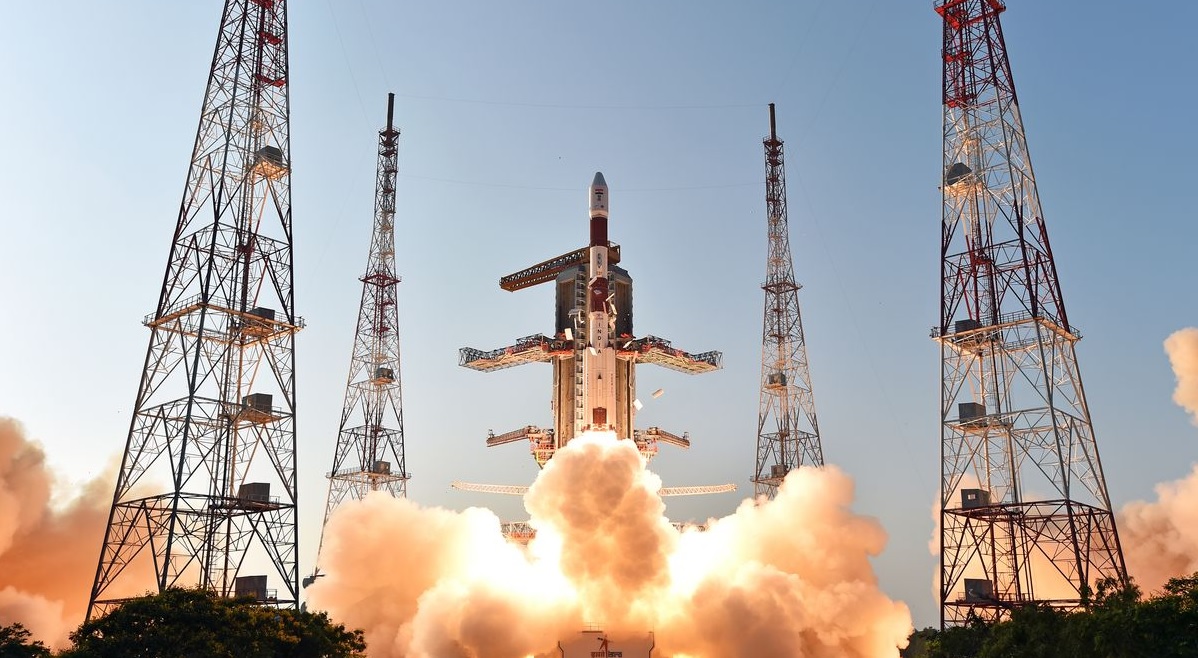 Isro Draws up Ambitious Plan for 2024, says will Launch at Least 12 Missions
Isro Draws up Ambitious Plan for 2024, says will Launch at Least 12 Missions
-
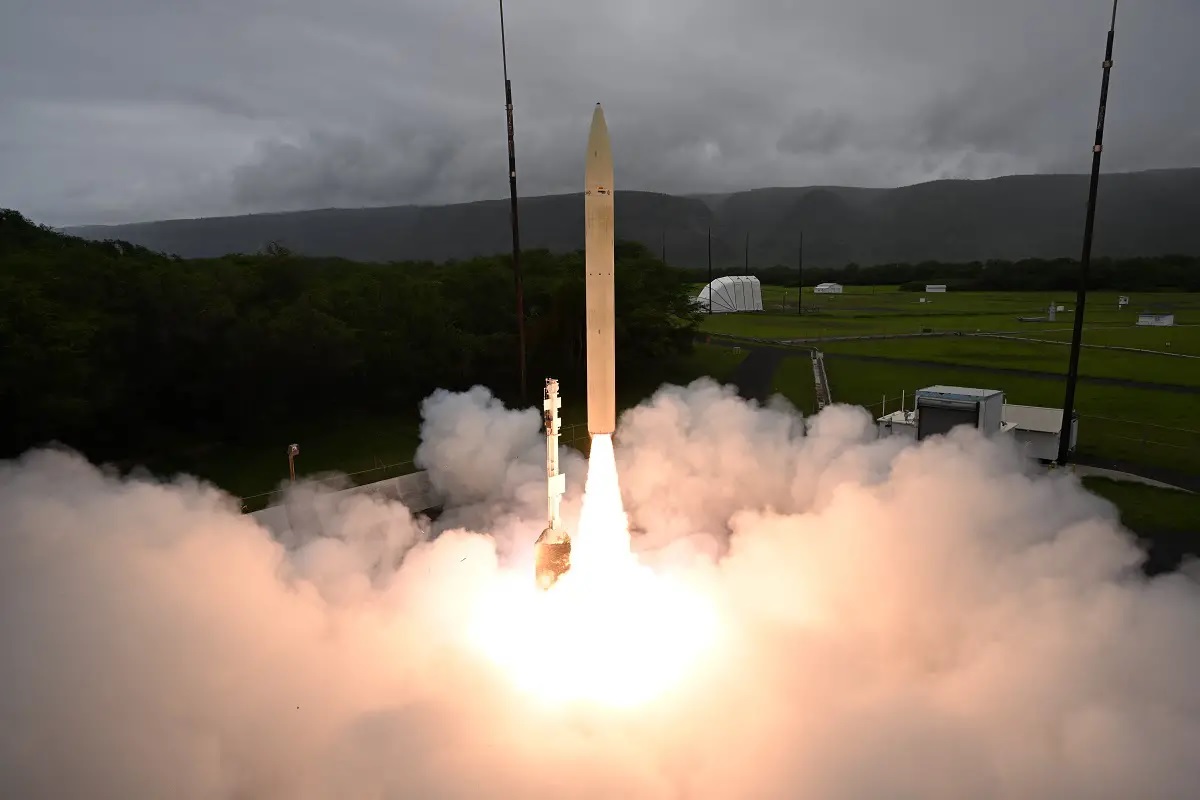 Successful Hypersonic Missile Test by U.S. Department of Defense
Successful Hypersonic Missile Test by U.S. Department of Defense
Top Trending in 4 Days
-
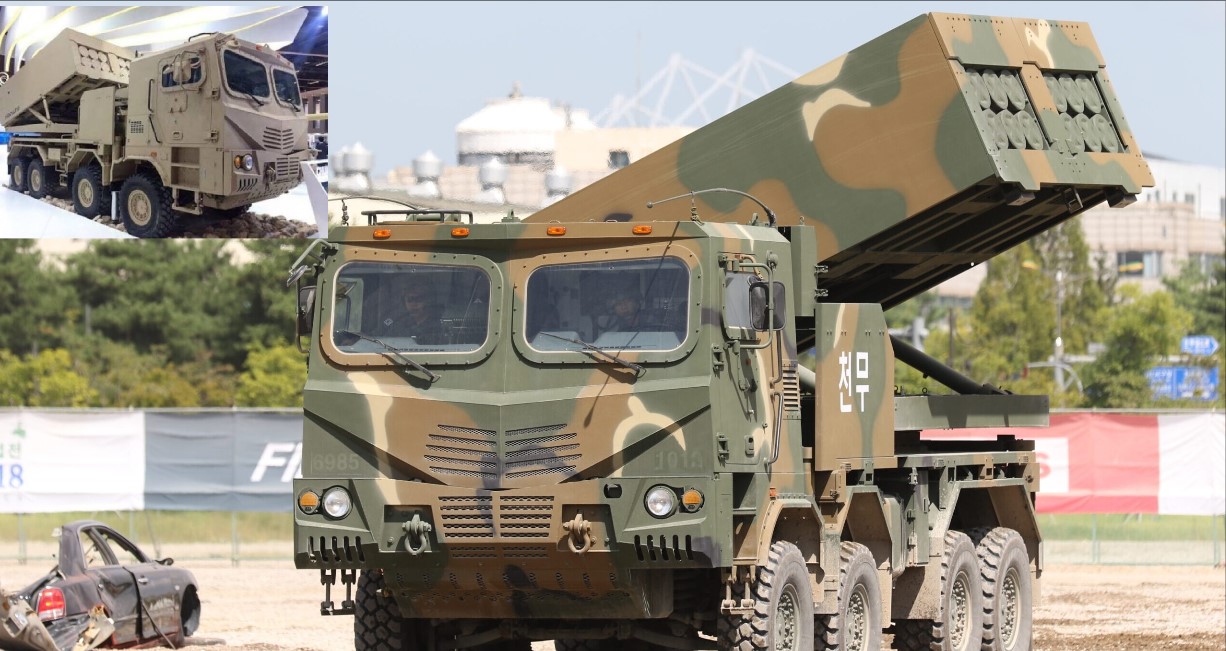 South Korea’s K239 Chunmoo Rocket Artillery Spotted in Saudi Arabia
South Korea’s K239 Chunmoo Rocket Artillery Spotted in Saudi Arabia
-
 Spanish Navy Chooses Naval Strike Missile for S-80 Submarines, Phases Out Harpoon
Spanish Navy Chooses Naval Strike Missile for S-80 Submarines, Phases Out Harpoon
-
 Russia Launches Massive Missile and Drone Attacks on Ukraine's infrastructure
Russia Launches Massive Missile and Drone Attacks on Ukraine's infrastructure
-
 Elon Musk’s SpaceX Plans for 30-Minute Starship Flights from America to India Could Revolutionize Travel
Elon Musk’s SpaceX Plans for 30-Minute Starship Flights from America to India Could Revolutionize Travel
-
 DRDO Successful Test Long Range Hypersonic Anti-Ship Missile From Dr APJ Abdul Kalam Island
DRDO Successful Test Long Range Hypersonic Anti-Ship Missile From Dr APJ Abdul Kalam Island
-
 Peru to Acquire South Korea's K2 Black Panther Tanks
Peru to Acquire South Korea's K2 Black Panther Tanks
-
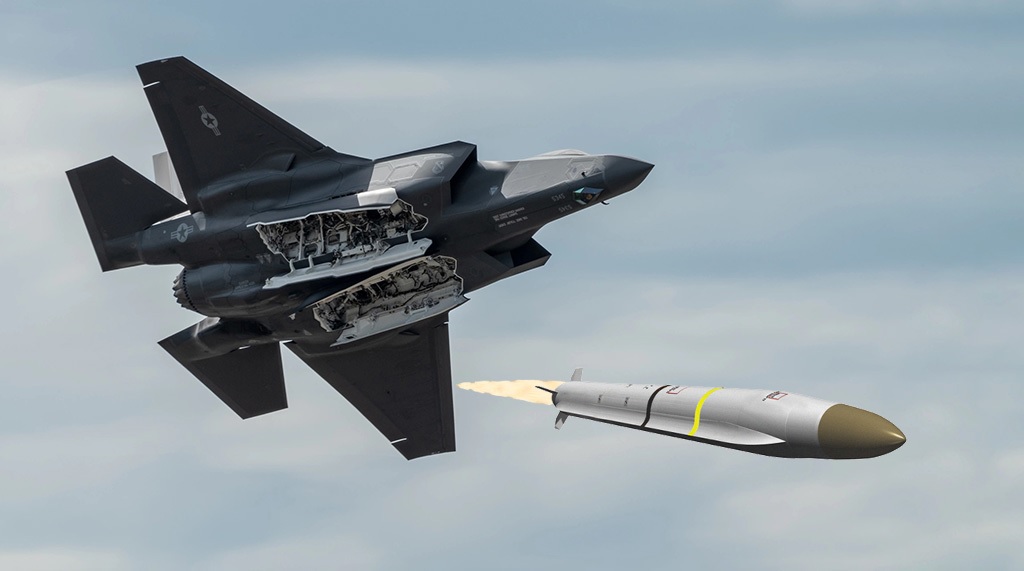 Northrop Grumman Delivers Advanced SiAW Missile for U.S. Air Force Testing
Northrop Grumman Delivers Advanced SiAW Missile for U.S. Air Force Testing
-
 Taiwan Strengthens Communication Resilience with LEO Satellites, Make War-Proof its communications networks
Taiwan Strengthens Communication Resilience with LEO Satellites, Make War-Proof its communications networks
